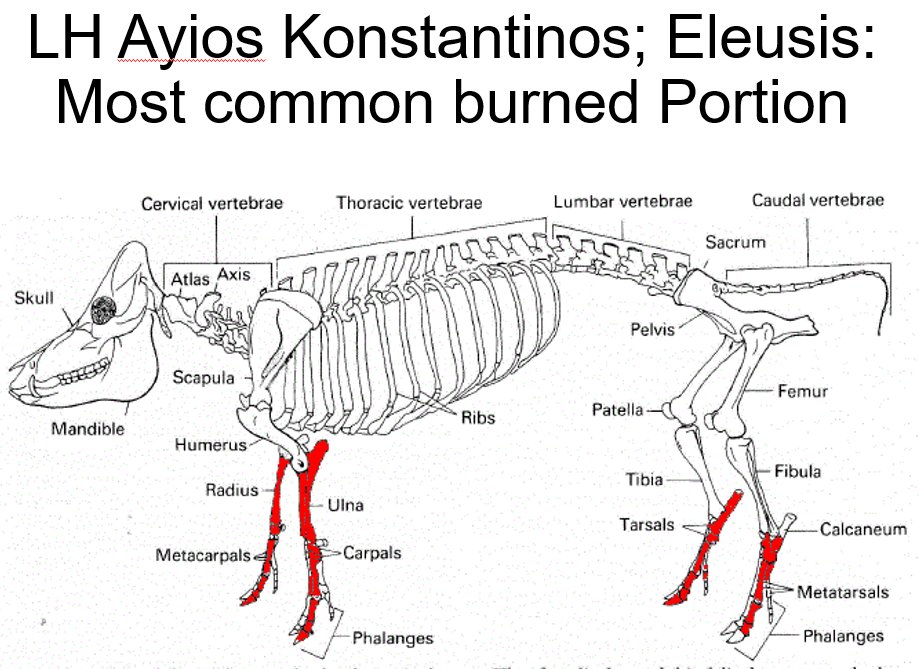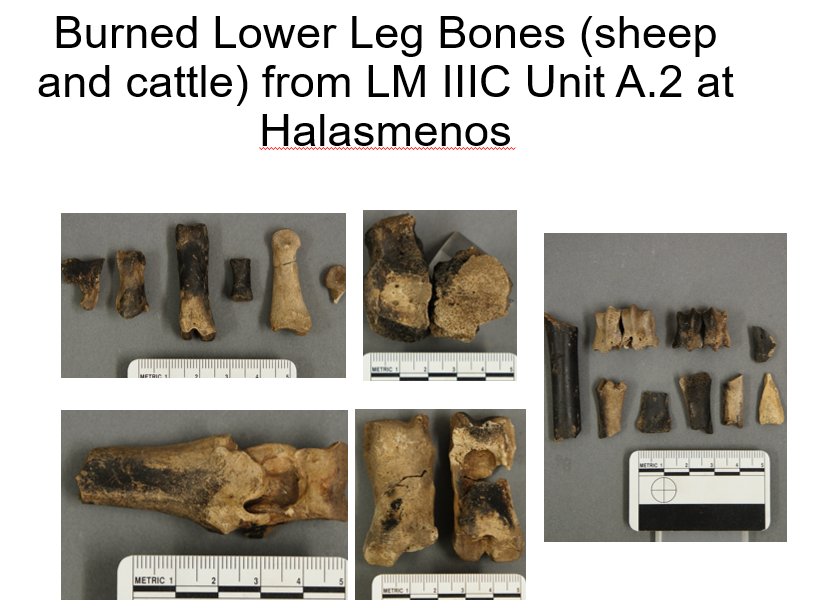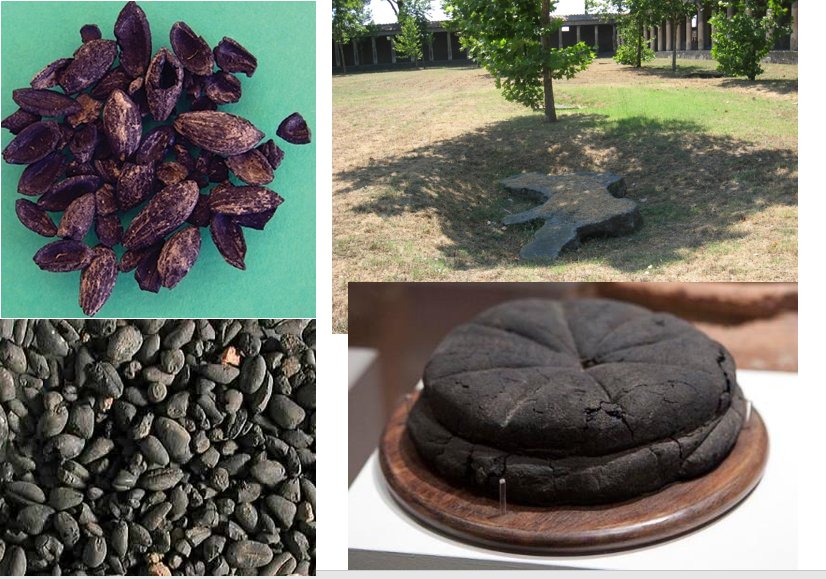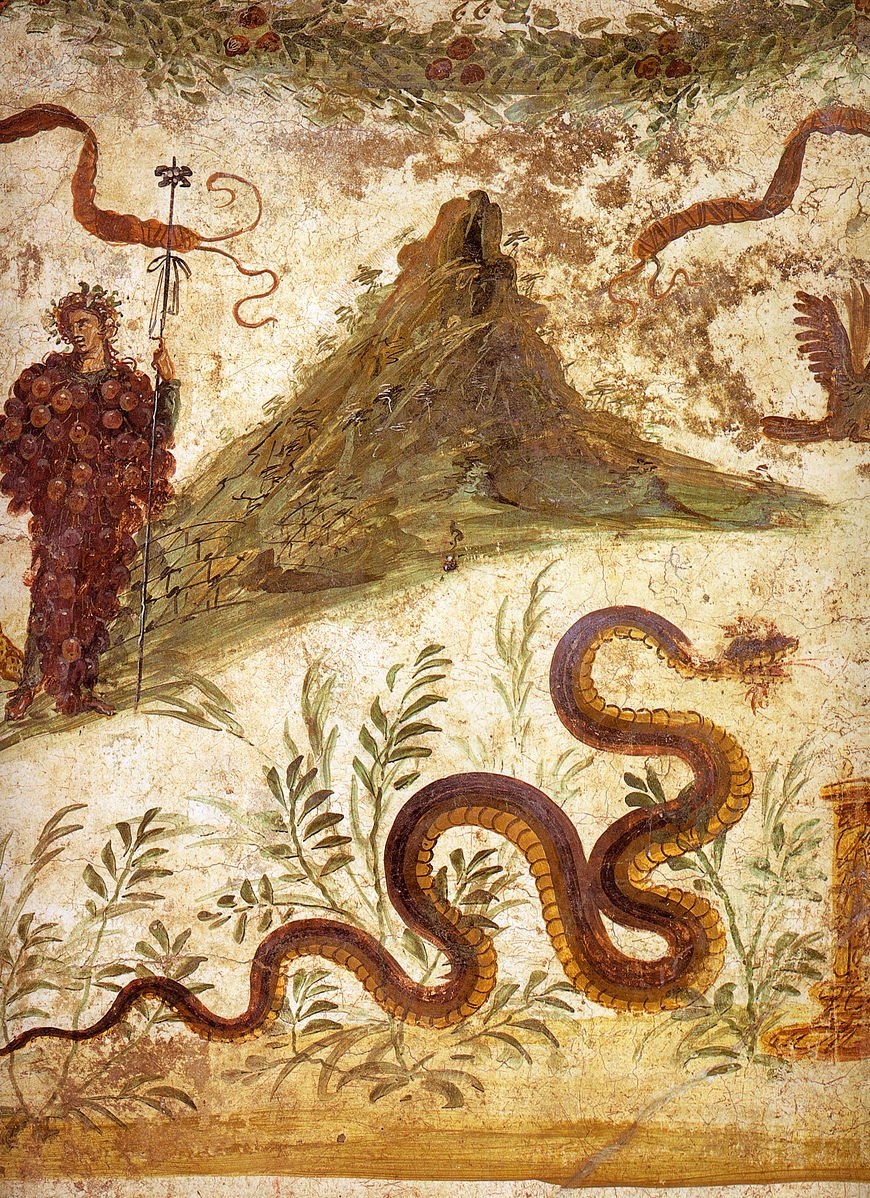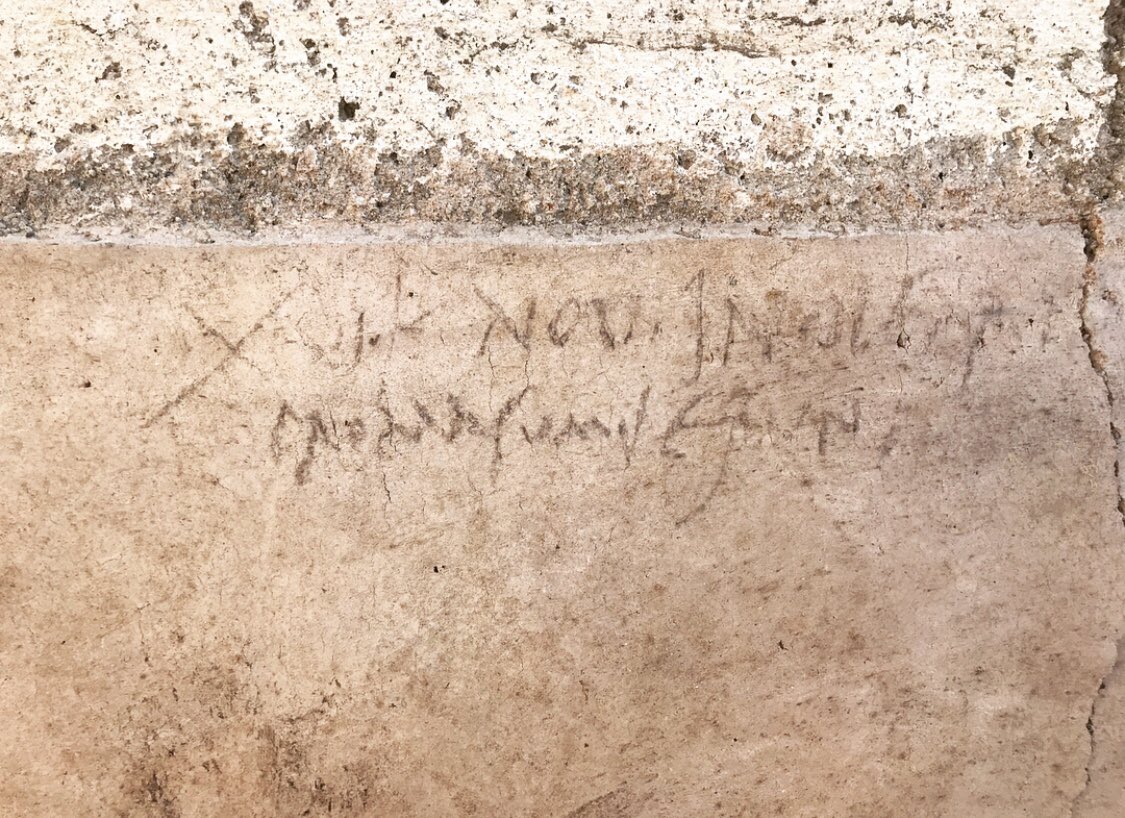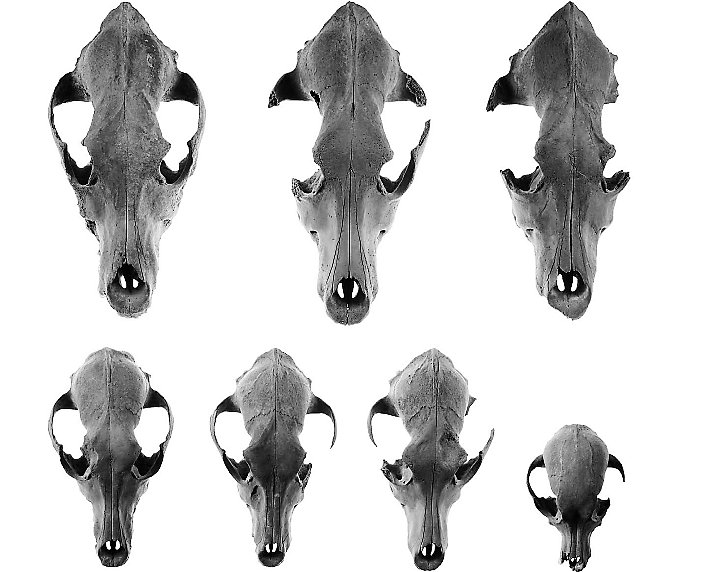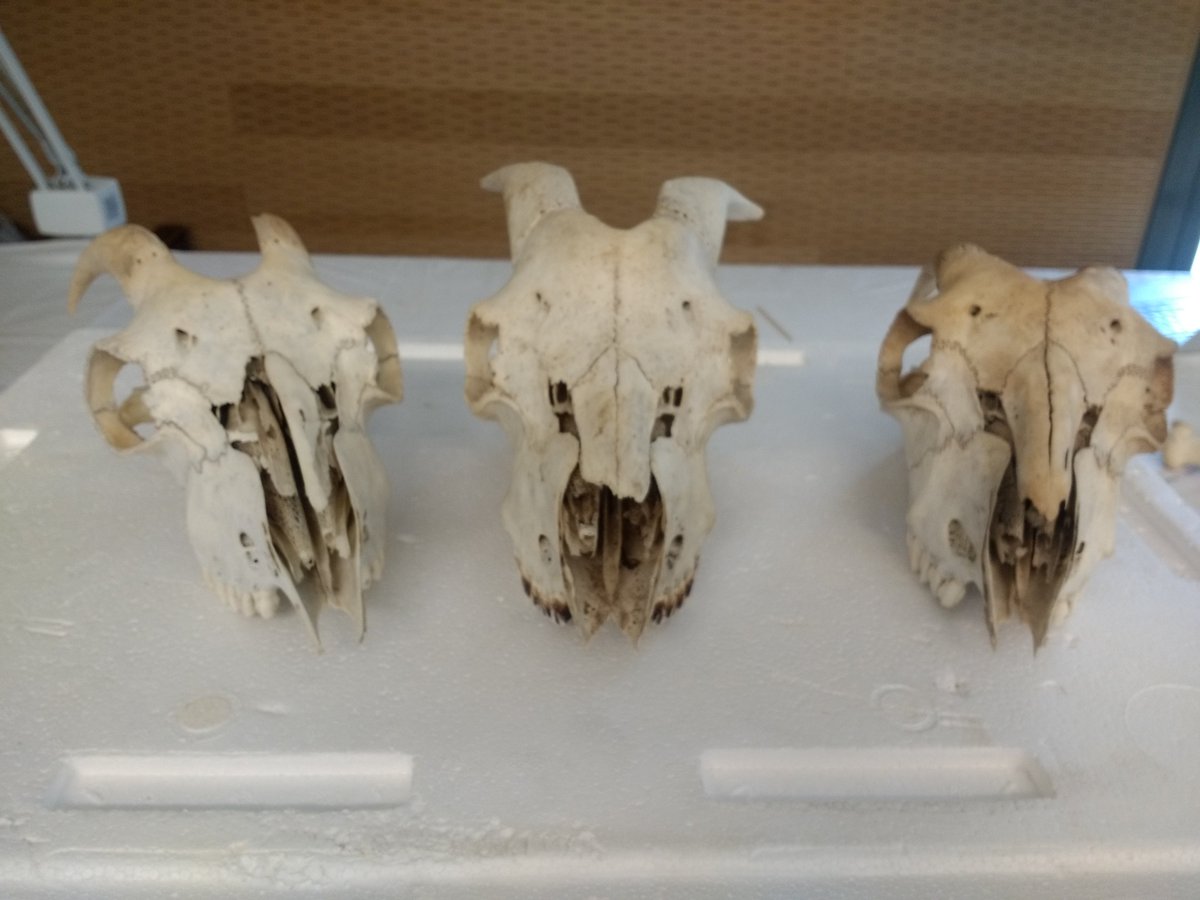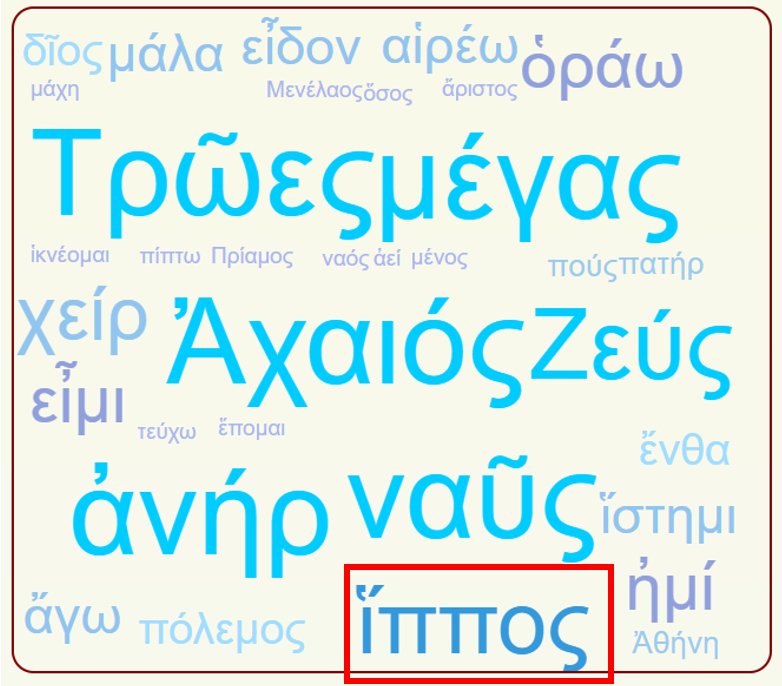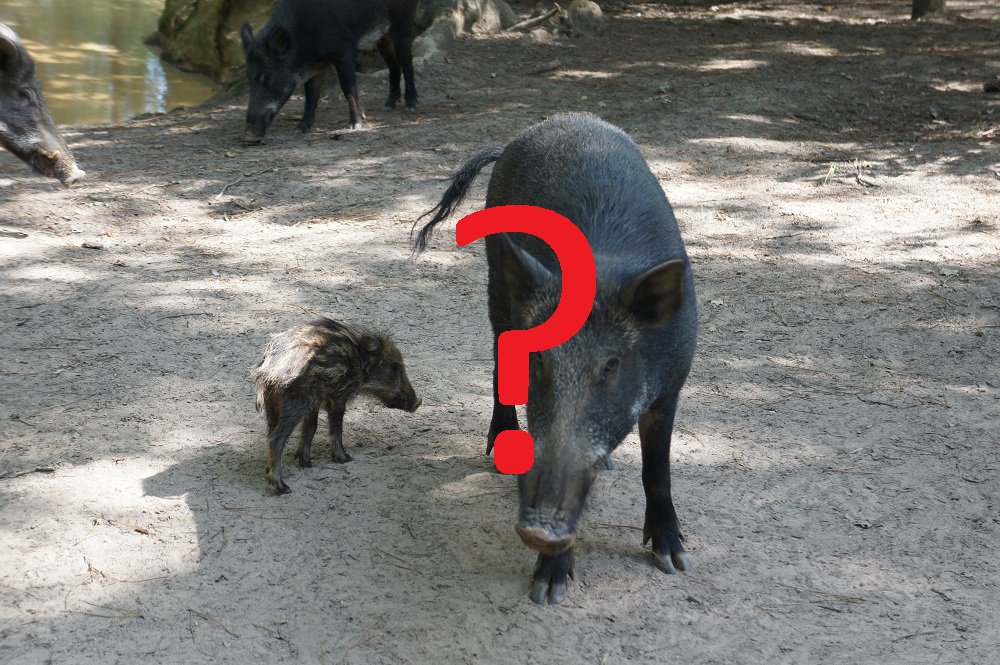/1
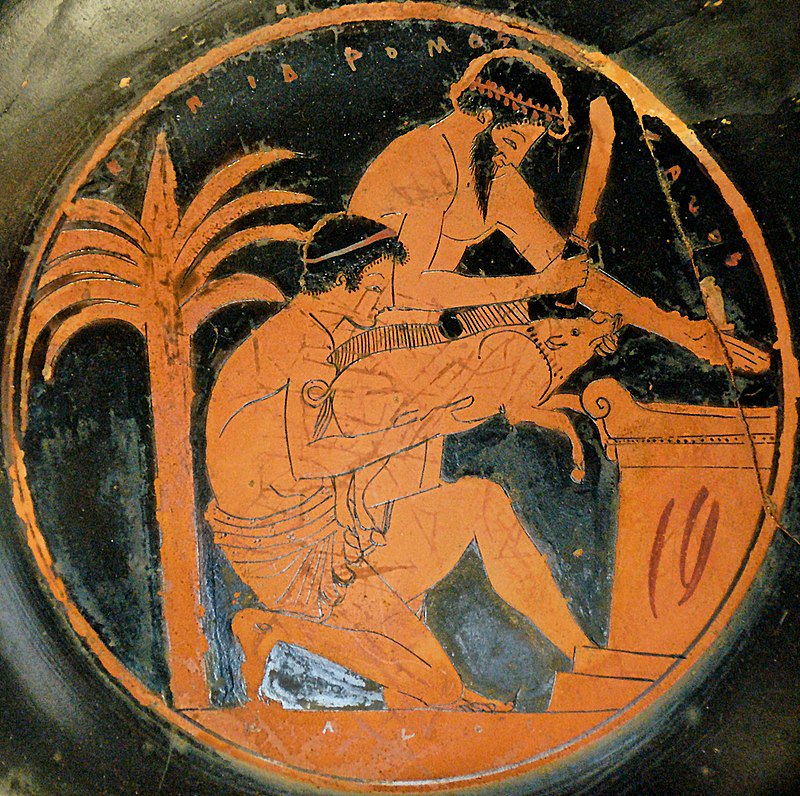
If you want an intro to Greek polytheism, you can also check out the thread below
/3
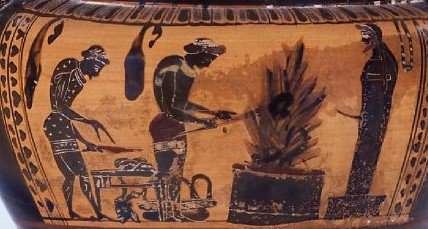
Odysseus brags “No human ever burned so many thigh-bones for the Lord of Thunder” transl. @EmilyRCWilson
/4

/10

I’ve collected all the references and credits to images and publications in the thread below
ascsa.edu.gr/index.php/news…
And also this awesome curling tail









